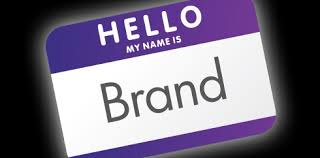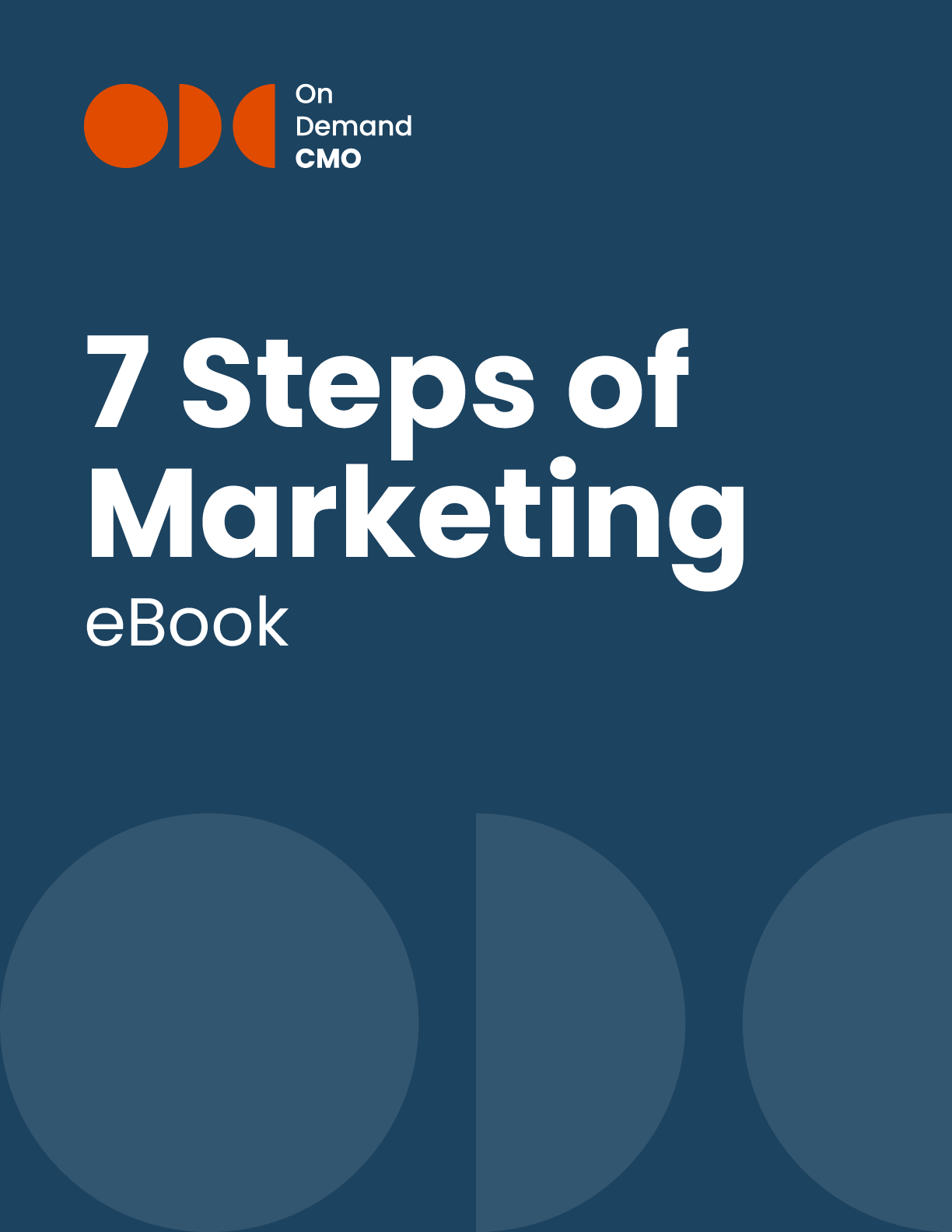
There are many things that define who we are. Some aspects of our identity are inherited: place of birth, ethnicity, country of origin, etc. Others are chosen: professions, belief systems, friends. In this second category, the products we choose are an important (though rarely acknowledged) factor.
The truth is that our choices as consumers aren’t made from simple rational self-interest. They say something about who we are, and we all recognize this, at some level. The perceived impact on a consumer’s identity can be the decisive factor when deciding what to purchase. Do I buy a Honda or a BMW? Do I buy organic milk or the cheaper store brand? Do I buy an Apple or a PC?
Embedded in these questions, beyond the obvious pragmatic considerations of price and utility, are questions of identity. Am I the sort of person who buys a Honda, or the sort that buys a BMW? It could be argued that what a product says about who we are is at least as important as its practical value in determining our consumption patterns.
Consider the value of commodities such as gold or diamonds. Unlike other commodities like copper or tin, gold and diamonds are not normally valued for their practical uses, and yet they are much more highly valued. Why is this? It is because they have become symbols of identity adopted by cultures around the world: a diamond ring or a necklace made from gold are worn to make a statement about the wearer’s identity, with implications about the wearer’s social status, taste, or wealth.
Indeed, some of the most expensive (i.e. highly valued) products have little to no practical use, from fine wines to rare baseball cards ($200k for a piece of paper!) to star wars action figures. Why are people willing to shell out so much of their hard-earned money for these products? Not for any pragmatic reason, but because these symbols help them define who they are to the world and to themselves. This is a psychological need that can be just as powerful as the need to eat or pay the bills, and can motivate just as many purchases.
In my last article, I suggested that making your product a symbol of identity help increase its WOM metrics, and from the above it is clear that it can also help vastly inflate the value of a product. So what does it take for a product to become an identity symbol?
A product becomes symbolic when it forms part of a narrative. If the stories consumers tell themselves about who they are can incorporate a product, it will take on a whole new dimension of meaning. A consumer will cease to value a product for what it does and will start to value it for what it represents to them.
Consider a familiar case study: the rise of Apple. Back in 1998, Microsoft towered over Apple with a market capitalization of about $245 billion against a paltry $4 billion for Apple.
Yet even back then, Mac users saw their machines as integral to their identity in a way that few PC users did. It was not just a matter of practicality (considering the market shares, PCs were more pragmatic for a host of reasons). The style and look of a Mac appealed to consumers and made it a product of personal significance. To be a Mac user was a statement of countercultural rebellion for some, of progressive forward-thinking for others. It represented something significant for its users that transcended pragmatic barriers like uni-click mouse.
Fast forward 17 years, and Apple’s value has skyrocketed to over $700 billion while Microsoft’s gains have been relatively modest. Is it the case that Apple’s products were simply that much better and more useful than Microsoft’s? Or was Apple’s strength as a brand, as a symbol, responsible for its explosive success?
It is clear from this that thinking about branding in terms of identity is not only helpful for marketers, but it is vital for product designers. Indeed, thinking about consumer identity is sure to be rewarding for everyone involved in a business.

OnDemandCMO has authored 7 Steps of Marketing, the only marketing guide book you’ll need to either get your marketing started properly, or stay on track strategically.
It features best practices on branding, messaging, social media, lead generation and much in between.
Please let us know who you are, and we'll share a few of our secrets (we don't sell or trade your info)!